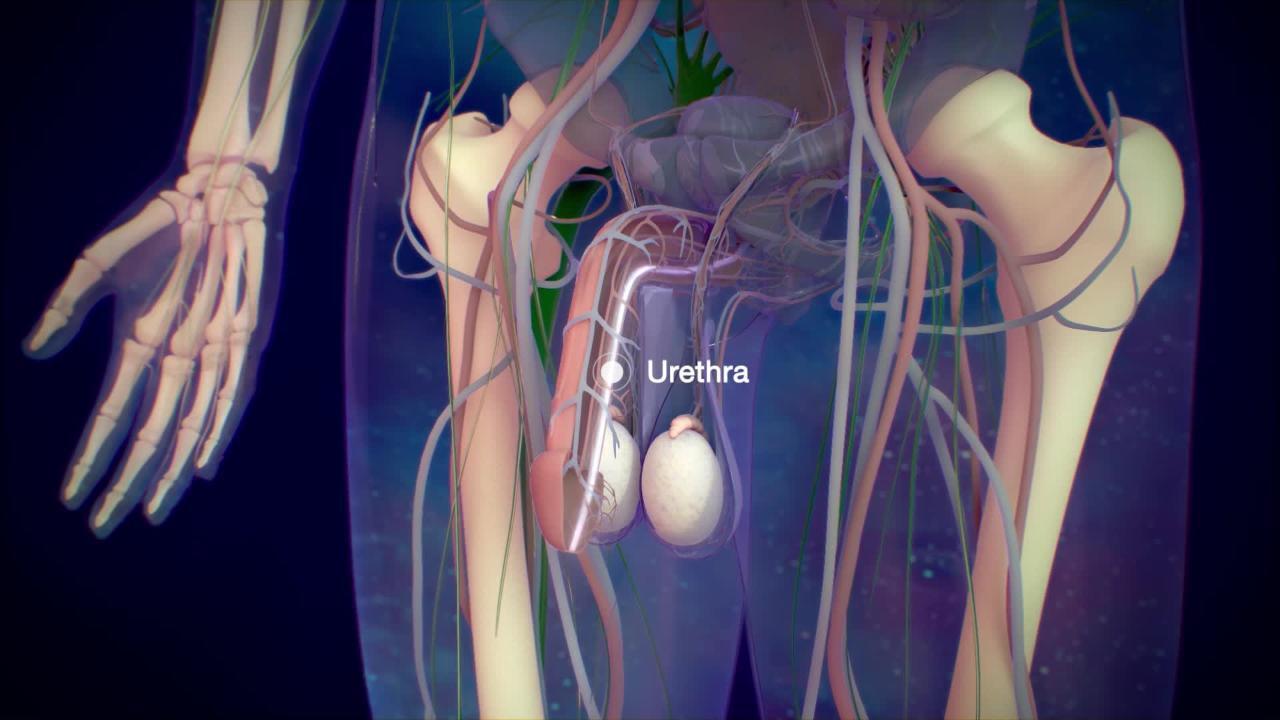A urethral stricture is scarring that narrows the urethra.
Nyenzo za Mada
A urethral stricture may be
Develop after an infection or injury
A urethral stricture most commonly results from a previous injury. Prior infection, such as a sexually transmitted infection, is now an infrequent cause. Often no cause can be found.
Dalili za Kubanwa kwa Mrija wa Mkojo
A less forceful urinary stream or a double stream usually occurs when the urethra is slightly narrowed. Severe narrowing may completely block the stream of urine. Pressure builds up behind the stricture and may cause passages from the urethra into the surrounding tissues (diverticula). By decreasing the frequency or completeness of urination, strictures often lead to urinary tract infections.
Utambuzi wa Kubanwa kwa Mrija wa Mkojo
Retrograde urethrography
Cystoscopy
Urologists (doctors who specialize in the diagnosis and treatment of disorders of the urinary tract and male reproductive system) diagnose strictures by obtaining an x-ray after putting radiopaque contrast agent into the urethra (retrograde urethrography) or by looking directly into the urethra through a flexible viewing tube (cystoscopy) after administering a lubricant containing a local anesthetic.
Matibabu ya Kubanwa kwa Mrija wa Mkojo
Widening the urethra
To treat a stricture, urologists widen (dilate) the urethra by anesthetizing it and then inserting an instrument that forces the narrowing farther open. Sometimes urologists can cut the stricture open (urethrotomy) by passing an instrument into the urethra and using a small knife or a fiber laser to make the cuts.
Rarely, scar tissue forms after strictures are treated, causing urethral strictures to recur. If strictures recur, the scar tissue may have to be removed surgically and the urethra may need to be rebuilt (urethroplasty).


